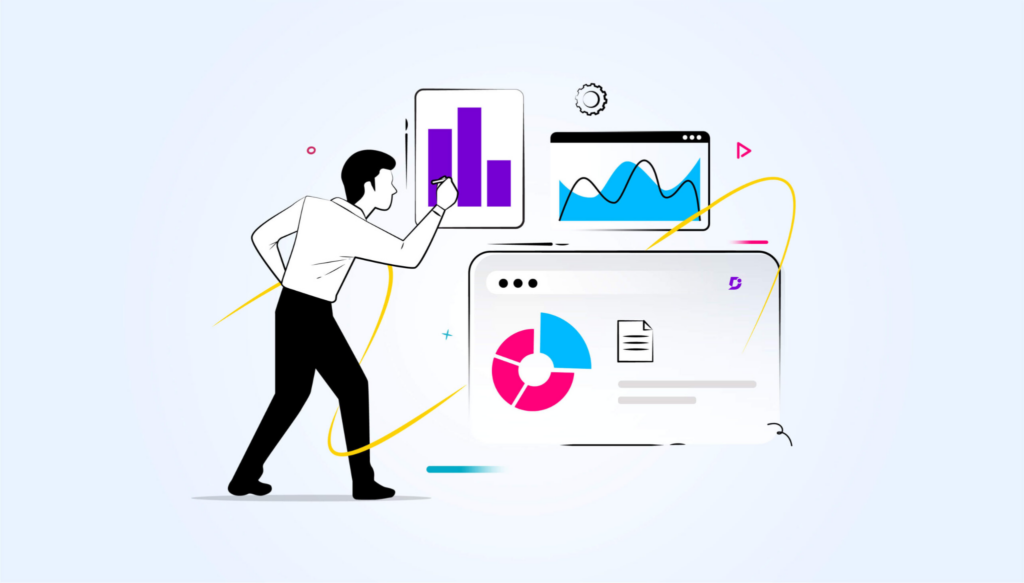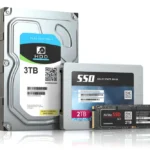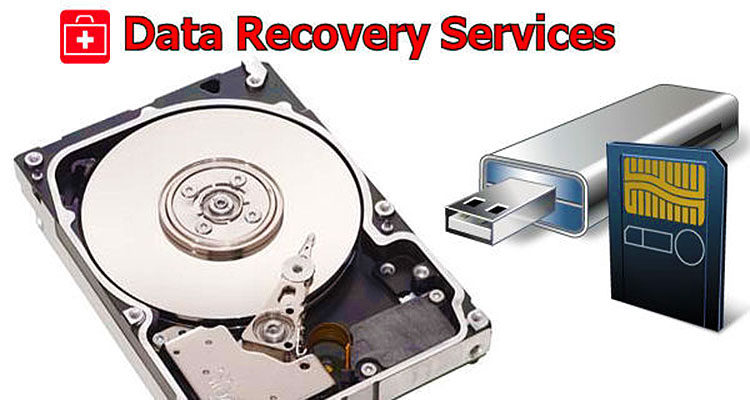Sales professionals today face a demanding and ever-changing landscape. They need to master their product’s strengths and weaknesses, understand their potential customers’ challenges and needs, and stay informed about the economy and competition.
On top of that, they must also excel in skills like effective communication, building relationships with multiple stakeholders, persuasive outreach, and much more.
For sales teams to thrive, sales leaders must create an effective and adaptable sales enablement program. A strong enablement process with robust Sales and Marketing Intelligence helps sales teams improve their skills, keep customers happy, stand out in the market, and ultimately drive more revenue.
But what does it take to successfully implement a sales enablement program? Success requires understanding what sales enablement is, why it matters, who needs to be involved, and how to bring it to life.

Content
What Is Sales Enablement?
Sales enablement is all about providing sales teams with the right resources, training, and guidance. This helps them onboard quickly, engage buyers effectively, close deals faster, and win more often.
Although “sales enablement” is the most common term, it’s sometimes called “revenue enablement” or “go-to-market enablement.” This reflects the idea that successful sales enablement involves collaboration across teams like product, marketing, and customer success.
For simplicity, we’ll stick with the term “sales enablement” while keeping in mind that it includes everyone working toward revenue goals.
Sales Enablement vs. Sales Operations: What’s the Difference?
Sales operations and sales enablement often overlap, but they focus on different areas:
- Sales Operations: This team focuses on tasks like setting sales targets, managing territories, and deciding compensation plans.
- Sales Enablement: This team works directly with sales reps to improve how they sell, using the foundation built by sales operations.
While both functions aim to improve sales outcomes, their goals and approaches are distinct yet complementary.
Key Activities in Sales Enablement
Sales enablement involves several important tasks designed to support sales teams:
- Onboarding New Sales Reps – Helping new hires learn about the company, products, and sales strategies.
- Continuous Training – Offering ongoing learning opportunities to keep skills sharp and knowledge up-to-date.
- Creating Useful Resources – Developing materials like case studies, email templates, and sales scripts.
- Building Coaching Programs – Providing one-on-one guidance to improve specific skills.
- Encouraging Collaboration – Facilitating communication between teams like sales, marketing, and customer success.
- Improving Sales Processes – Defining best practices for the sales lifecycle and implementing tools to streamline them.
- Tracking Performance – Measuring success and making adjustments based on data and feedback.
- Organizing Sales Events – Planning kickoffs, workshops, and other activities to boost team alignment and morale.
Who Should Be Involved in Sales Enablement?
Successful sales enablement requires teamwork. Key players typically include:
- Sales Enablement Leaders: These professionals oversee the program and ensure collaboration across teams.
- Sales Leaders: In some cases, senior sales executives like VPs take on this role if there’s no dedicated enablement manager.
- Sales Operations Leaders: They help turn enablement strategies into actionable steps.
- Contributors from Other Teams: Marketing, product, and customer support teams often play a role in creating content and sharing insights.
Why Sales Enablement Matters
Sales enablement benefits every aspect of the sales process and beyond. Here are some of the most significant advantages:
- Improved Team Skills: Enablement programs help all team members perform better, reducing over-reliance on top performers and preventing burnout.
- Aligned Sales and Marketing: When sales and marketing work together, they can create consistent messaging and resources that enhance the customer experience.
- Faster Sales Cycles: Better tools and resources allow sales reps to engage prospects more effectively and close deals quicker.
- Increased Expertise: Sales reps become more knowledgeable about products and customer needs, making them trusted advisors rather than just sellers.
- Adapting to Virtual Selling: Sales enablement prepares teams for online selling, giving them the skills and confidence needed to succeed.
Steps to Build a Sales Enablement Strategy
Here’s how to create or improve a sales enablement program:
- Set Clear Goals
Decide what you want to achieve and how you’ll measure success. For example:
- Goal: Increase productivity.
- Metric: Shorten the average sales cycle.
- Select the Right Leaders
Choose people with experience in training and tools. They’ll guide the team and drive progress toward goals.
- Define Expected Behaviors
Identify the actions sales reps need to take to achieve your goals, such as improving product knowledge or focusing on key decision-makers.
- Provide Training and Tools
Offer training that builds confidence and skills, and invest in tools like CRM systems, sales intelligence platforms, and automation software to streamline workflows.
- Measure and Improve
Regularly review your program’s performance using metrics like win rates and onboarding time. Adjust your strategy as needed to keep improving.
Conclusion
A well-executed sales enablement strategy can transform your sales team’s performance, improve collaboration across departments, and drive lasting success. By providing the right training, tools, and support, your sales team will be equipped to navigate challenges, build stronger customer relationships, and close more deals.
Take the time to build a thoughtful, flexible program, and you’ll see the benefits across your entire revenue operation.

I’m Kelly Hood! I blog about tech, how to use it, and what you should know. I love spending time with my family and sharing stories of the day with them.












